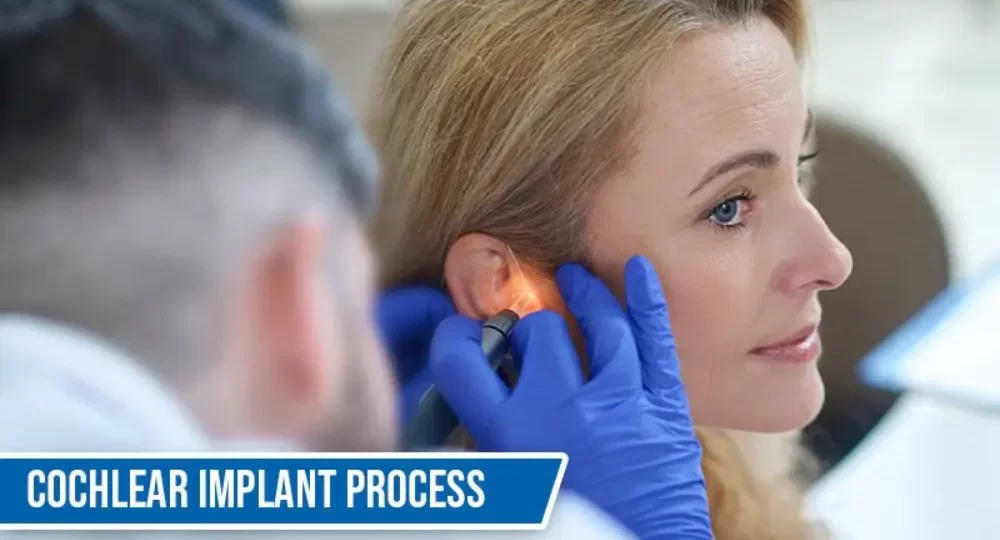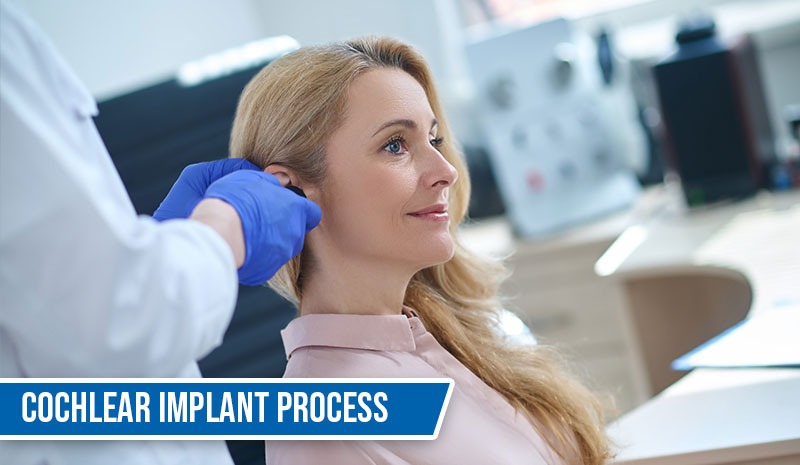
Hearing loss may have a profound impact on a person’s way of life, but with advances in medical technology, it is now possible to regain the capability to hear again through cochlear implants. If you or your friend is considering doing this, getting to know the Cochlear Implant Process may help to set expectations and dispel misconceptions. That way, we will guide you through every step from the initial consultation to convalescence following surgery.
Step 1: Initial Consultation and Evaluation
The first phase of the Cochlear Implant Process is an appointment with an audiologist and an ear, nose, and throat (ENT) specialist. During this visit, the healthcare team will:
- Assess the degree of hearing loss through comprehensive examinations.
- Check the patient’s medical history and potential risks.
- Perform imaging scans (MRI or CT) to scan the inner ear
- Evaluate if a cochlear implant is an appropriate intervention.
Step 2: Pre-Surgical Preparation
Once a patient is approved for surgery, the next phase involves:
- Choosing the cochlear implant device, as different brands offer unique features
- Undergoing any necessary medical tests to ensure overall health before anesthesia
- Receiving counseling on what to expect post-surgery, including sound rehabilitation
![Cochlear Implant Process]() Step 3: Cochlear Implant Surgery
Step 3: Cochlear Implant Surgery
The procedure itself is typically performed under general anesthesia and lasts about 2-4 hours. The surgeon will:
- Make a small incision behind the ear
- Drill into the mastoid bone to access the cochlea
- Insert the implant’s electrode array into the cochlea
- Secure the internal implant under the skin
Step 4: Initial Recovery Period
The first few weeks post-surgery involve:
- Healing of the surgical site (usually 2-4 weeks)
- Avoiding strenuous activities to prevent complications
- Managing minor side effects like dizziness or swelling
Step 5: Activation and Mapping
Around 2-4 weeks after surgery, the audiologist will activate the implant. This session, called “initial stimulation” or “switch-on day,” involves:
- Attaching and programming the external sound processor
- Adjusting settings (mapping) to optimize the hearing experience
- Guiding the patient through their first sounds with the device
Step 6: Rehabilitation and Adjustment
Following activation, patients undergo rehabilitation to improve speech and sound recognition. This process includes:
- Regular audiology appointments to fine-tune the device
- Speech therapy to help interpret new sounds
- Practicing listening exercises at home


 Step 3: Cochlear Implant Surgery
Step 3: Cochlear Implant Surgery


